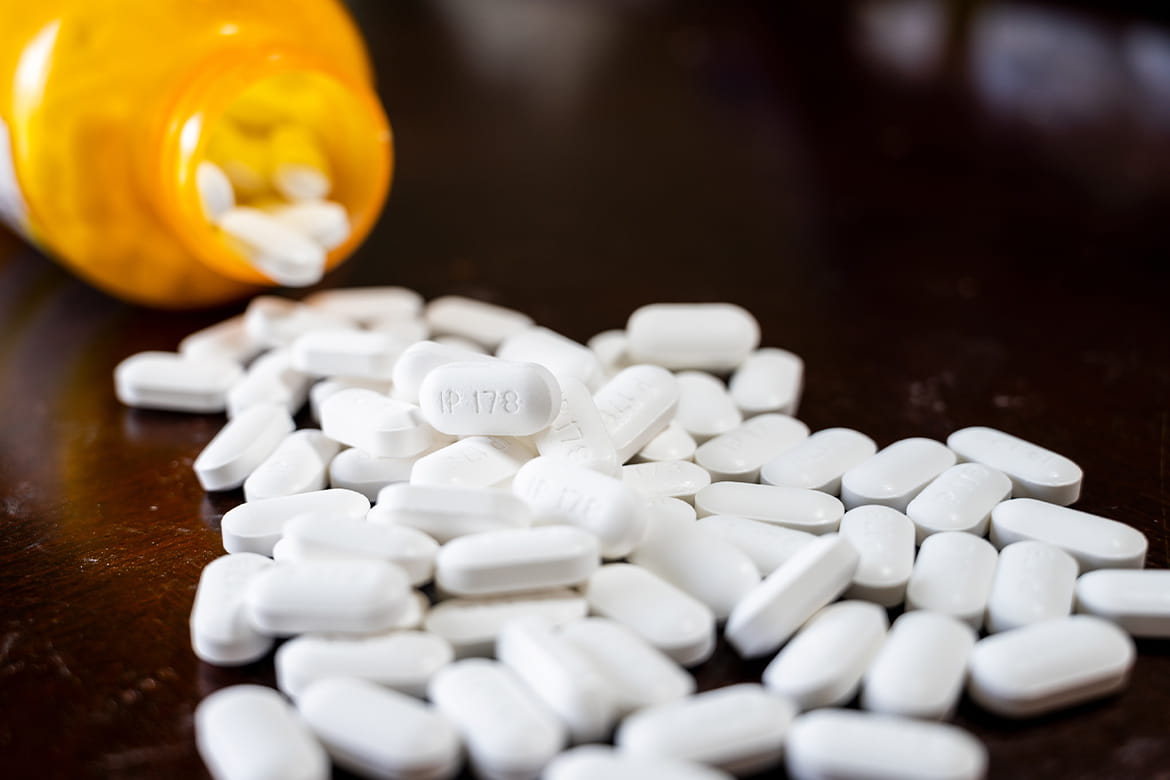Another Step Toward an Insulin Tablet

For the millions of people living with diabetic issues, insulin is a life-saving drug. Unlike many other medicines, however, insulin can not be easily provided by swallowing a pill– it needs to be injected under the skin with a syringe or pump. Scientists have been making steps towards an insulin pill. Now, a group reports in ACS Nano that they’ve provided insulin to the colons of rats utilizing an orally administered tablet powered by chemical “micromotors”.
People affected by diabetes
Individuals with diabetic issues have problems regulating their blood glucose degrees because they produce little or no insulin. Synthetic insulin has actually existed for over a hundred years. Still, it is often administered with an injection or an implanted pump. People affected by diabetic issues usually take insulin multiple times per day, so regular injections could be painful, and consequently, some patients do not take the suggested dose at the correct times.
An oral type of the drug would be perfect, but the harsh environment of the stomach breaks down and neutralizes the hormone before it can be absorbed by the intestines and also get into the bloodstream. Previous attempts at oral administration protected the hormone from stomach acids with micro- or nanocarriers however relied on insulin to passively diffuse into the cells that line the colon, which is not very efficient.
A better method
A better method could be actively moving the medicine around the body; rather, such as with a recently reported Robo-capsule that provides its cargo by drilling itself into the thick mucosal layer of the tiny intestine. Yingfeng Tu, Fei Peng, Kun Liu, and associates wanted to achieve a similar effect with their an insulin-loaded mini-tablets, which featured small, chemical “micromotors” that might deliver insulin to the colon securely and effectively.
To make these tablets, the scientists covered magnesium microparticles with a layer of an insulin-containing solution and a layer of liposomes. They after that mixed these particles with baking soda, pressed them into mini-tablets that were around 3 mm long then covered them with an esterified starch solution. The starch protected the tablet computers from stomach acid, enabling them to reach the colon intact.
As they broke down, the magnesium microparticles reacted with water to produce a stream of hydrogen gas bubbles, which functioned as micromotors that propelled insulin toward the colon’s lining to be absorbed. The group likewise tested their mini-tablets in rats and discovered that they could considerably reduce the animals’ blood glucose degrees for more than 5 hrs. Actually, they could keep a glucose degree almost as low as injection-delivered insulin.
Read the original article on PHYS.
Read more: Doppelgangers Share Similar Genetics and Habits.











Comment (1)
SUCH A GOOD NEWS…
Comments are closed.